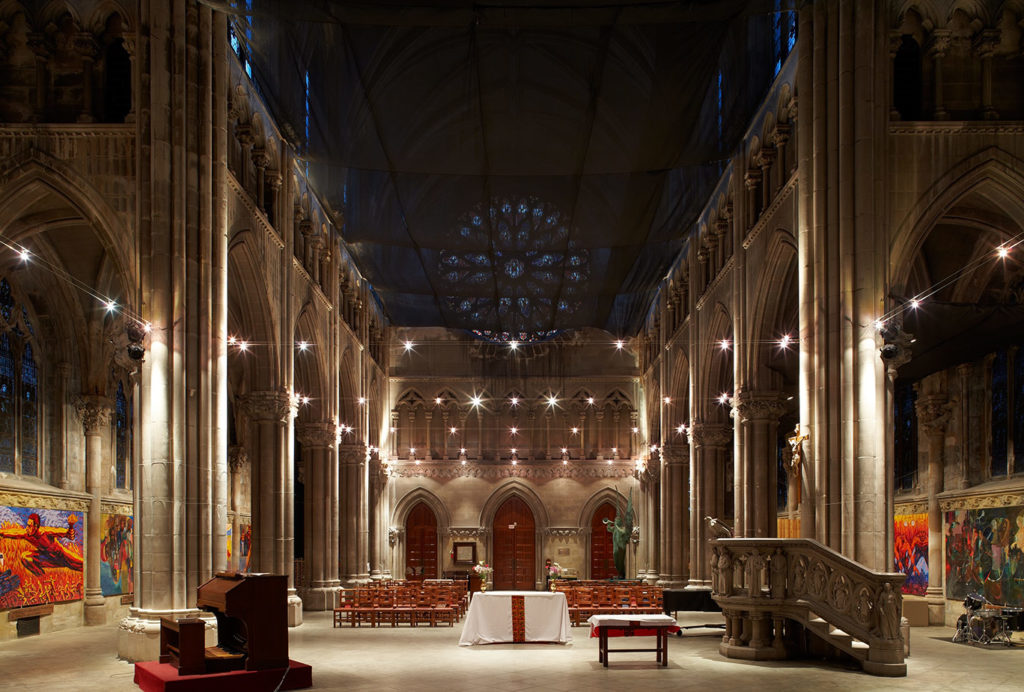
I have been involved in the lighting of many sacred spaces in my lighting practice. One simple fact from my initial observations of spaces is that the architecture, the space, always makes its statement about spirituality and it doesn’t matter whether it’s highly traditional or simple Zen modern.
We all feel a physical presence in religious spaces and react to them in different ways and it doesn’t seem to matter whether one individually is spiritual or religious. Spirituality has no geographic boundaries or place. I have travelled the world and visited the great cathedrals of the world, small churches and chapels of all denominations, and I have always felt a quiet prayerful awe when entering and spending time with those specials spaces.
There is one factor that is consistent and that is always for me the quality of the light within. It can be the light that comes through the classic stained glass windows, or from windows on high, or rows of candles in dark mysterious areas. We also might react differently to daylight with natural filtered light or at nighttime with artificial light. Sometimes the lack of light evokes a mysterious awe and quiet.
Every individual has a different reaction when entering a religious space and generally the common denominator is still a spiritual effect: a calm quiet and respectful presence. And I believe that the lighting within either helps or hinders that presence. Once in Camogli, Italy near Portofino, I entered the interior of the local Duomo only to find dozens of crystal chandeliers hanging in a 17th century gilded interior. The chandeliers were fine, a bit curious with the quantity of over 30, but the circuline fluorescents install within each fixture was sinful. It certainly did the job of providing light but took a bit away from the spiritual experience. So good lighting is critical.
We live in the 21st century so we need more than candles and oil to make our spaces bright. The old notion of religious spaces, I believe, was to make them dark and mysterious. Today’s religious spaces allow the participants, the visitors, and the religious to feel the spirituality of the space, but the rituals and gatherings that occur within these space all require more and brighter light than ever before. The aging population needs more light to function and the building codes and other authorities demand minimum light levels for public spaces.
With energy efficiency and operating costs significant in today’s world proper controls of lighting allow for longer lamp life and energy savings. As a lighting designer I have the experience to understand how light can be used to enhance the space, highlight special architectural features, provide adequate quantities of light to see and read, and generally make spaces feel good. Proper designed lighting can make small spaces feel larger and larger spaces more intimate, and increase the perception of faith and spirituality. Light is a key to understanding space.
